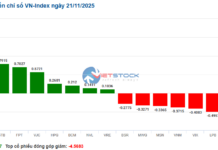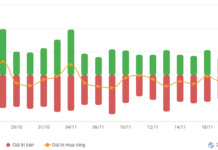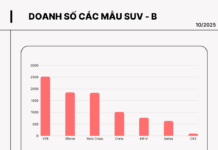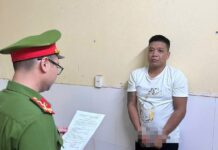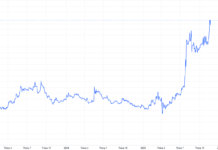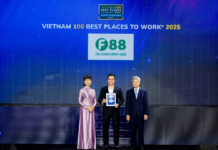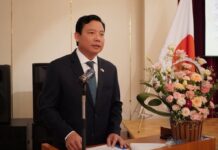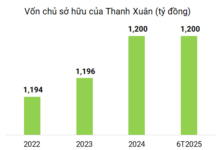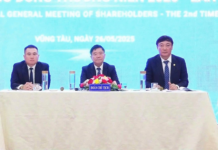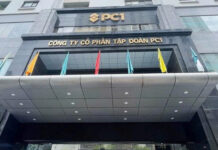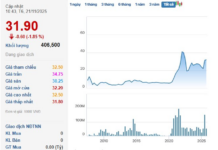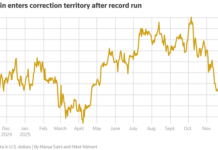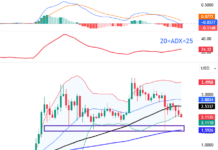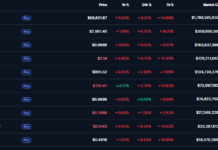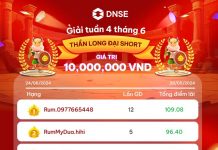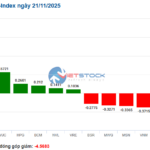
Chairman of the People’s Committee of Ho Chi Minh City Phan Van Mai has just chaired the 4th meeting of the Advisory Council for the implementation of Resolution 98 of the National Assembly on piloting some mechanisms and policies on special development of Ho Chi Minh City and the Urban Railway Advisory Team of Ho Chi Minh City.
In this session, members of the Advisory Council and the expert team have made suggestions on the plan to develop the urban railway system (metro) combined with the TOD development model in urban areas.
Please submit bond issuance mechanism to build metro routes, propose the establishment of an urban railway group
Notably, Architect Ngo Viet Nam Son believes that the task of building a 220 km railway by 2035 according to Conclusion 49 of the Politburo for Ho Chi Minh City is very difficult, as in reality, Line 1 took up to 20 years.
The expert proposed the need for a multi-disciplinary combination because there are many issues beyond the reach of the Urban Railway Management Committee such as planning, finance, and management. At the same time, agree with the proposal to establish an urban railway group and TOD group. When established, this group will be like a joint stock company, in which members will be departments, committees, and sectors participating in the project, while the Ho Chi Minh City People’s Committee is the “conductor”, the top shareholder in the group, coordinating the harmonious coordination of departments and departments.
Also of the same view, Associate Professor Vu Minh Khuong, a member of the Advisory Council and the Urban Railway Advisory Team, believes that there should be an alliance of talented forces in urban rail of the whole country and representatives from ministries, Ho Chi Minh City, Hanoi, experts and international investors to work together in the metro system.
Prof. Tran Du Lich believes that opinions on finance need to be clarified, the expected budget source, mobilization from TOD, other sources need to be clarified in detail; in which it is affirmed that it is clear that we do not ask for central budget, but ask for TOD mechanism, bond issuance mechanism; It is proposed to publish national standards on urban railways early, to provide a basis for unity of implementation.
Conclusion of the meeting, Chairman of the People’s Committee of Ho Chi Minh City Phan Van Mai affirmed that not only related to urban railways but also to other issues, the People’s Committee has directed access to multiple fields, overall according to the goal. sustainable development and people-centered.
Regarding the proposal to establish the Metro and TOD Group, Chairman of the People’s Committee of Ho Chi Minh City Phan Van Mai affirmed that he will further study this issue, may consider additional proposals from relevant parties need to participate from the beginning to reach consensus.
Regarding the financial implementation of the project, Mr. Mai affirmed, HCMC does not ask for central budget but asks for financial mechanism for HCMC to implement. The implementation is expected to be experimental for 1-3 years, when completing the preparation of the project, starting to complete the remaining packages, still keeping the time frame of 2035 according to conclusion 49 to implement the project. The City has the awareness of making a national urban railway system, according to the national standard system, the City requests mechanisms to form national standards.

Regarding the implementation time, Chairman of the People’s Committee of Ho Chi Minh City Phan Van Mai proposed to pass the project in the first quarter of 2024 to the Politburo and the National Assembly, if conditions permit, it will be submitted to the National Assembly during this mid-term meeting. year.
The network of 8 urban railway lines in Ho Chi Minh City
According to Decision No. 568 / QD-TTg dated April 8, 2023 of the Prime Minister on adjusting the urban transportation development plan of Ho Chi Minh City, the vision after 2020, the total length of the entire urban railway system Ho Chi Minh City about 220 km, with a total estimated investment capital of over 25 billion USD.
In which, the urban railway system of the City consists of 8 lines and 3 overhead electric or single-rail railway lines. Thus, Ho Chi Minh City must complete the remaining urban railway network (about 200 km) within 12 years. The urban railway network system of Ho Chi Minh City is as follows:
Line 1 Ben Thanh – Suoi Tien, with a length of about 19.7 km with a total investment of VND 43,757 billion funded by JICA and the city’s counterpart capital. Line 1 metro passes through districts 1, 2, 9, Binh Thanh, Thu Duc and Di An City. In addition, Metro Line 1 is also being studied to be extended to Bien Hoa City (Dong Nai Province) and Binh Duong Province.
On the morning of February 16, at the 9th meeting of the State Steering Committee, the Ministry of Transport said that the Ben Thanh – Suoi Tien project will strive to be completed in July 2024.
Line 2 Ben Thanh – Tham Luong with a length of about 48 km. Metro Line 2 Phase 1 passes through districts: 1, 3, 10, 12, Tan Binh, Tan Phu with a total length of about 11.3 km (9.3 km underground and 2 km elevated). Phase 1 total investment of about nearly 48,000 billion VND.
Lines 3A, 3B Ben Thanh – Tan Kien with a total length of about 19.8 km. This line will pass through Ben Thanh – Pham Ngu Lao – Nguyen 6 Cong Hoa – Hung Vuong – Hong Bang – Kinh Duong Vuong – Tan Kien depot – Tan Kien station. The line is divided into two phases with a total investment of 68,000 billion VND.
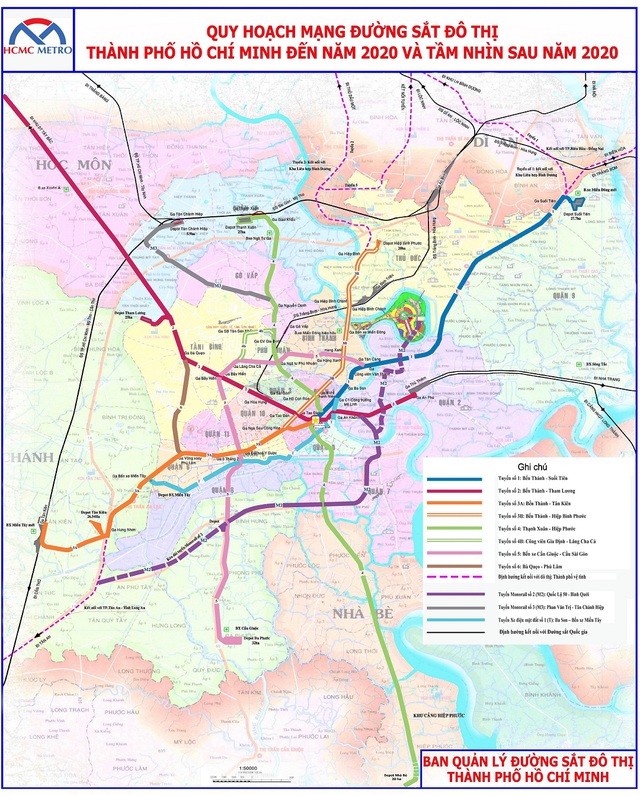
Line 4 has a length of 36.2 km, of which 19.9 km are elevated and 16.3 km are underground. The route goes from Thanh Xuan – Ha Huy Giap – Nguyen Oanh – Nguyen Kiem – Phan Dinh Phung – Hai Ba Trung – Ben Thanh – Nguyen Thai Hoc – Ton Dan – Nguyen Huu Tho – Hiep Phuoc urban area.
Line 4b goes from Gia Dinh Park Station (line 4) – Nguyen Thai Son – Hong Ha – Tan Son Nhat International Airport – Truong Son – Hoang Van Thu Park – Linh Cha Ca Station (line 5), with a length of about 5.2 km.
Line 5 is about 26 km long, from new Can Giuoc bus station – Highway 50 – Tung Thien Vuong – Phu Dong Thien Vuong – Ly Thuong Kiet – Hoang Van Thu – Phan Dang Luu – Bach Dang – Dien Bien Phu – Saigon Bridge.
Metro Line 5 Phase 2 along with Metro Line 5 – Phase 1 will connect to Metro Line 1 and Metro Line 2 to form a passenger transport system on the most crowded roads in the city and connect with Tan Son Nhat Airport.
Metro line 6 has a route from Ba Queo to Au Co – Luy Ban Bich – Tan Hoa Dong – Phu Lam roundabout, about 5.6 km long. The line has a total of 7 underground stations and shares the Tan Luong depot with line 2.
Metro Line 6 will connect lines 2 and 3A to transport passengers from the entrance of the Mekong Delta to the Northwest of the city and Tan Son Nhat Airport.

